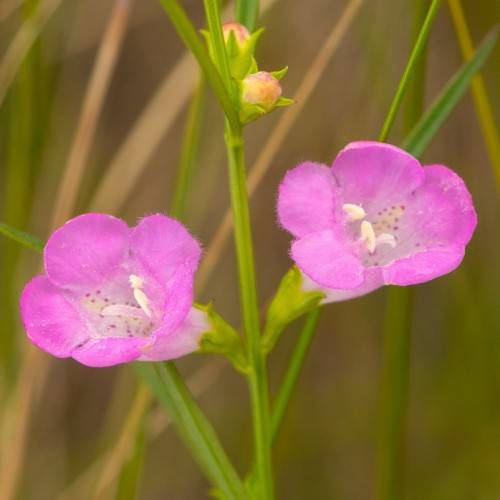
Purple False Foxglove
Agalinis purpurea
Also Known As - Large Purple Agalinis,Purple GerardiaWatering:
Minimal
Hardiness Zone:
Sun:
full sun,part shade
Leaf:
Yes
Growth Rate:
Low
Drought Tolerant:
Yes
Salt Tolerant:
Yes
Care Level:
Medium
watering
Saltmarsh Agalinis (Agalinis maritima) should be watered once per week in the morning. Water the soil evenly and deeply until it is completely saturated and water starts to drip from the edges of the pot. Allow the top 1 or 2 inches of soil to dry out before the next watering. During the winter months, reduce or cease watering until early spring when new growth emerges.
sunlight
Saltmarsh Agalinis (Agalinis maritima) is a perennial flowering plant that thrives in full sun and moist soil. It typically prefers 6 - 8 hours of direct sunlight every day, with some part-shade protection from afternoon sun and hot temperatures. This species needs full sun in the mornings, but should be shaded during hot afternoons. Especially intense sunlight should be avoided. While Saltmarsh Agalinis can tolerate some drought, it prefers at least 1 inch of water per week and should not be allowed to dry out.
pruning
Saltmarsh Agalinis should be pruned at the end of summer, after the flowers have wilted and the seed capsules have dried. Pruning should be done with sharp, sterile shears to ensure a clean cut and reduce the chance of infection. The amount of pruning depends on the plant's size and health. Generally, small, healthy plants should be pruned by up to 1-third of their current size. Any dead, diseased, or damaged branches should be removed. It is also recommended to remove any branches that have become overgrown and are competing with others for resources.
